
In the gold mining industry, comprehending the consumption of sodium cyanide during the gold ore leaching process holds significant importance. This article delves into the factors influencing the quantity of sodium cyanide required for leaching per ton of gold ore.
The Gap between Theoretical and Actual Consumption
Theoretically, a mere 0.5 grams of sodium cyanide suffices to leach 1 gram of gold. Nevertheless, in real - world production scenarios, most gold cyanidation plants exhibit an astonishing consumption of sodium cyanide, amounting to 50 to 100 times the theoretical value. To fathom this substantial disparity, it is essential to investigate the consumption pathways of sodium cyanide in the gold ore leaching process.
Consumption Pathways of Sodium Cyanide
Consumption in Gold Dissolution
The dissolution of gold itself contributes to sodium cyanide consumption. Cyanidation plants utilize sodium cyanide to dissolve gold from the ore, enabling subsequent recovery from the leaching solution. Without delving into the intricate chemical reaction equations, in practical operations, approximately 0.92 grams of sodium cyanide is consumed to dissolve 1 gram of gold.
Consumption Due to Associated Metals
Gold ores commonly contain a variety of associated metals that react with sodium cyanide, leading to additional consumption. Many gold ores house minerals such as pyrite, magnetite, and copper sulfide. For example, during the leaching of gold - copper associated ores, copper - cyanide complexes form, thereby consuming sodium cyanide. The reaction between copper minerals and sodium cyanide is notably intense. Generally, 2 to 3 grams of sodium cyanide is needed to dissolve 1 gram of copper. If sphalerite and smithsonite are present in the gold ore, they too will react with sodium cyanide, resulting in increased consumption. Moreover, when carbonaceous rocks, especially those with organic carbon, are present in the ore deposit, they possess a strong adsorption capacity for sodium cyanide, considerably heightening the difficulty of cyanide leaching of gold.
Hydrolysis of Sodium Cyanide Solution
Apart from reacting with gold and associated metals, the sodium cyanide solution is also prone to hydrolysis. The degree of hydrolysis of sodium cyanide varies in solutions with different pH values. The substances generated by hydrolysis are linked to the alkalinity of the solution. Post - hydrolysis, a portion transforms into hydrocyanic acid, and another part undergoes oxidation and hydrolysis.
Factors Affecting Sodium Cyanide Consumption in Actual Production
Ore Nature
The nature of the ore plays a pivotal role. If the content of associated metals in the gold ore is high, the consumption of sodium cyanide will surge significantly.
Ore Particle Size
The particle size of the gold ore also exerts an influence. If the particle size is too small, the air and water permeability of the ore heap will be compromised; if the particle size is too large, the leaching speed will decelerate. Both scenarios will indirectly impact the consumption of sodium cyanide.
Cyanide Ion Concentration Control
The control of cyanide ion concentration is crucial. In actual production, solutions of different concentrations are typically sprayed in the early, middle, and late stages to balance the gold leaching rate, leaching speed, and sodium cyanide consumption.
Leaching Time
The leaching time cannot be overlooked. As the leaching time extends, the gold leaching rate will increase, but the leaching speed will decline, and the consumption of sodium cyanide will change correspondingly.
A Practical Case
Take a gold mine in Xinjiang, China, as an example. The ore type of this mine is limonite - bearing sandstone, and cyanide heap leaching is employed in the heap leaching test. When the gold grade of the selected ore is 2.89g/t, the sodium cyanide consumption stands at 1.9kg/t, and the gold leaching rate reaches 72.8%.
In summary, the consumption of sodium cyanide per ton of gold ore leaching is a multifaceted issue influenced by numerous factors. Precise control of the amount of sodium cyanide in the gold mining process is of utmost importance for enhancing economic efficiency and minimizing environmental pollution. It is hoped that this article enables readers to gain a more profound understanding of this topic.
- Random article
- Popular articles
- Popular comments
- Lead-zinc Ore Asynchronous Flotation Process
- Nickel Ore Mixing and Separation Flotation Process
- Lithium ore magnetic separation process
- Zirconium Ore Processing: Gravity, Magnetic, and Electric Separation
- Basic techniques for antimony ore flotation processing
- Effective Flotation Processes for Copper-Molybdenum Ores
- Titanium Ore Processing: Magnetic Separation, Gravity Separation, Flotation





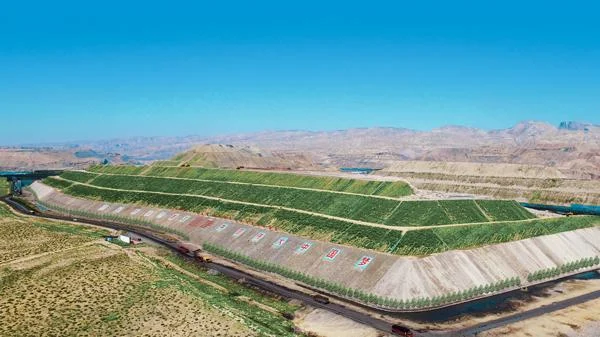
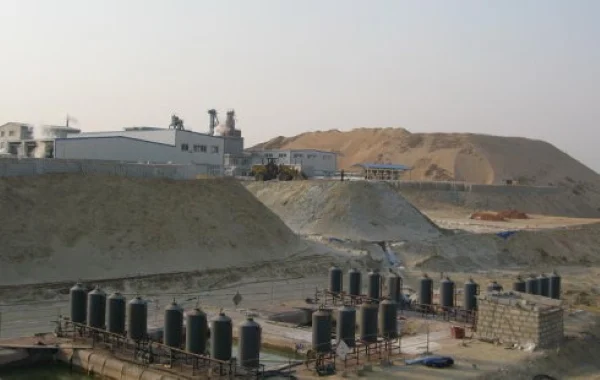
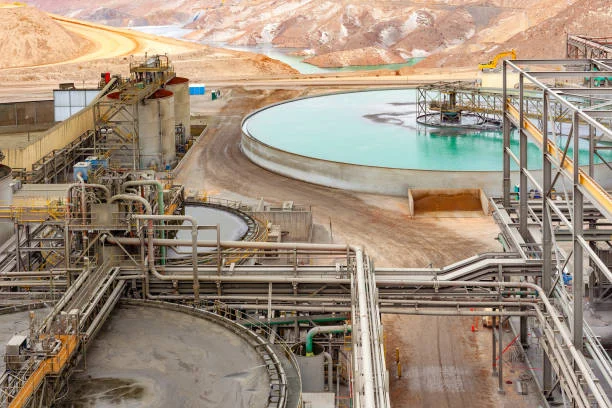
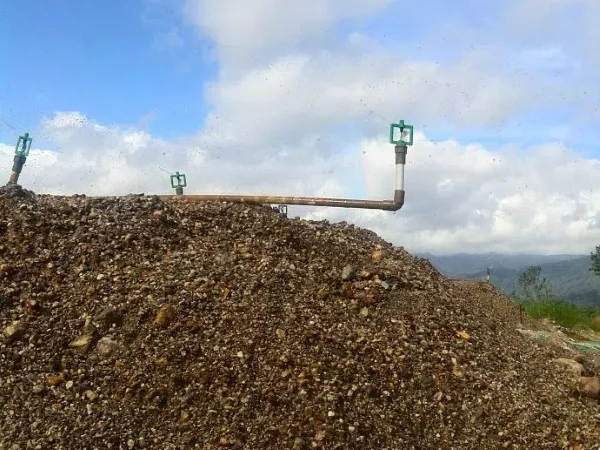

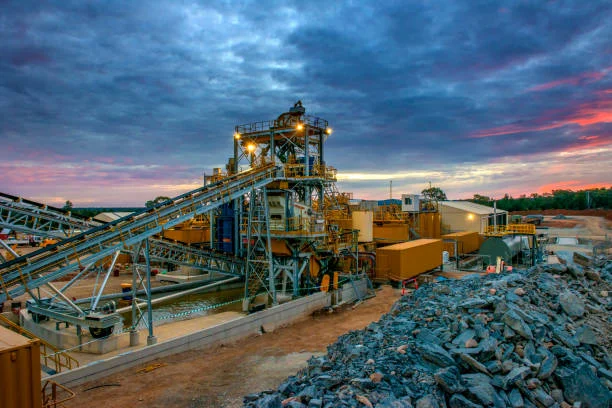
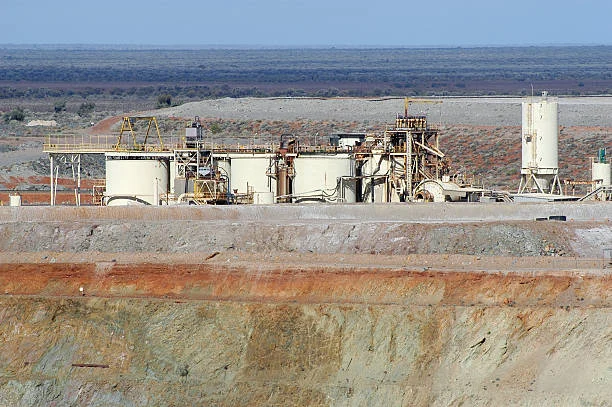
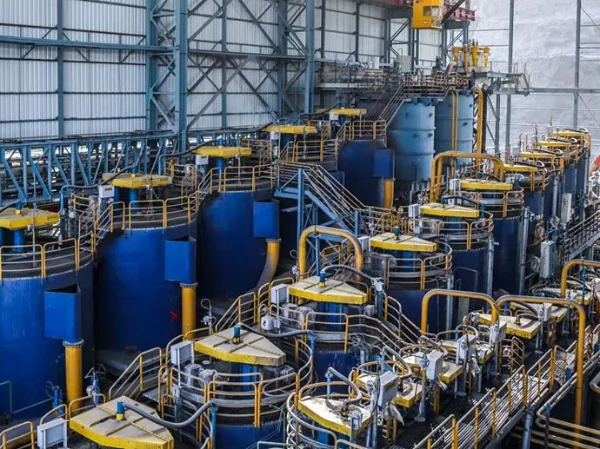
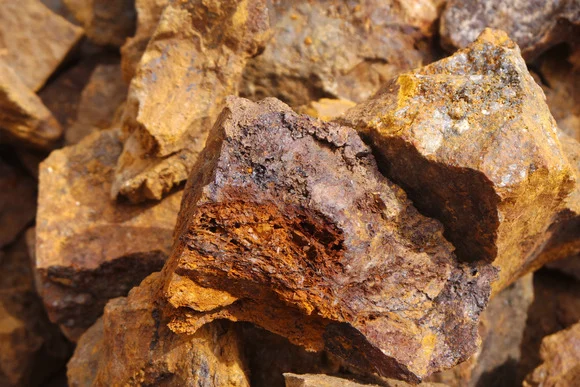

Leave a message with your needs or comments
Add comment: